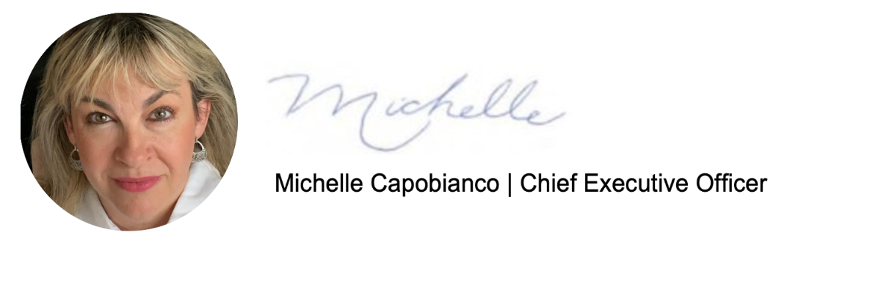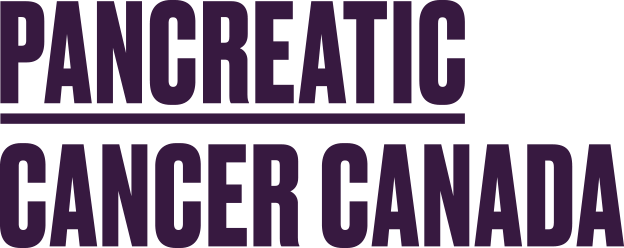
Chapter Seven: Prognosis
Thursday, June 30, 2022
A couple weeks ago I had my radiation therapy, which involved two consecutive days of injections from my doctor, followed by the last major aspect of my thyroid cancer treatment: receiving my single dose of radiation. On the day of my appointment, my doctor handed me a cannister and instructed me to use a tissue to remove the radiation pill. As I took it, the doctor stood back twelve feet. This act of self-preservation was jarring for me: it takes such an emotional toll to take something into your body that is terrifying to healthcare professionals. While it was the right decision for my treatment and will give me the best chance at disease-free survival, it was a surreal and stressful moment.
I was then led down a service hall away from all other patients and staff and walked to my car, all while my doctor maintained a safe distance. Once I was in my car that was it – it was up to me to get where I needed to go to isolate. That level of trust and freedom after such caution from my doctor was astounding. I drove to the hotel I had arranged to stay at, where I had to check in at the front desk. What do you say to the attendant in that situation? I did my best to keep a safe distance and move through the process quickly so I could start my isolation.
Once I was settled in my room, I waited for the side-effects to set in. I was told I was likely to vomit profusely, so I sat there, alone, anticipating that pain and discomfort and wondering how I would manage since I had to be on my own. If I needed help, how could someone assist me if I was radioactive? While the stress and anxiety mounted, the side effects did not. As one day became the next, I felt fine, if a little tired, and did my best to just rest and get some work done. After a few days, when my doctor told me it was safe to do so, I returned home.
I went back in for a body scan the following week and will do another in about a month. Following that, I will do a check in every six months at the same time as my breast cancer screening. At last, though, I can celebrate being cancer free and start putting this experience behind me.
As Richard’s chemotherapy infusions continued, he made some resolutions about how he wanted to live his life and prepare for the possibility of recurrence.
“I knew I didn’t want to be wasting away. It got to the point where I couldn’t sit on a chair as I had lost so much weight. I was so uncomfortable. I called my doctor and told him my quality of life was suffering. I’d read enough to know that I needed to do six chemotherapy infusions at a minimum and I’d made it through nine. I wanted to avoid permanent nerve damage and so I told my doctor I wanted to stop and do a recap of exactly where I was at.” Richard suggested they do a CT scan, MRI, and a PET scan to see if there was any cancer left in his body. It required a great deal of advocacy and a meeting of the oncologists and advisory board, but Richard was eventually granted the PET scan along with the other imaging. “I figured that after nine courses of chemo we should be able to see if it was in fact working or if we should change direction. I was afraid of peripheral neuropathy (nerve damage) as I was losing feeling on the tips of my fingers and the soles of my feet and had drop-foot which resulted from nerve damage to my left leg. I had heard that these could become permanent if not stopped in time.”
Richard then started on 25 courses of radiation, a protocol that he had vetted by an external consultant in the US and a panel of experts. “Through it all, the doctors and nursing staff made sure I understood the different aspects of my treatment and were invested in my recovery. I didn’t get tired at all, compared to the chemo. When that was over, I organized myself to go to MD Anderson in Texas as I was fairly certain that the cancer would come back. Getting into a US hospital during COVID was a nightmare. I went for a week and stayed at the local hospital hotel, which was a great experience. MD Anderson is an enormous compound the size of an airport.” Richard met with researchers working on various clinical trials to understand what could be done if the cancer returned. “Knowledge is power. I wanted to know everything about my genes and possible treatment options. I wanted to know about immunotherapy options since I carried the BRCA gene. The more I know, the better. I am fortunate enough to afford a consultant that has helped me navigate the bureaucracy of clinical trials. I spent a lot of time to get a one-person clinical trial for Olaparib. For me it’s an insurance policy – I am not going to take it now, but I have it in my back pocket if I need it later. I just want to make sure I’m doing everything I possibly can, which makes me feel somewhat in control of a difficult situation.”
Following treatment, Richard has been feeling good. “My next scan was clean, my strength started coming back. I eat what I want now and am always hungry.”
While she knows that there is a chance that the cancer could return, Céleste* could not be happier that she now has no evidence of disease. She acknowledges that this is a phrase that only a small number of pancreatic cancer patients hear at the end of their treatment journey. While her experience with chemotherapy came with many significant physical and emotional challenges made even more stressful in the wake of the pandemic, she is gradually feeling stronger and gaining some of her weight back. She knows – and worries – that the cancer might come back, but for the time being she is focusing on the positive: finally spending time with some family and friends later this year and finding ways to express her gratitude and give back.
Like Richard and Céleste, I am relieved to be finished my treatment and start moving forward with my life, but it is unsettling to know that my body is capable of producing cancer. Still, I know how fortunate I am. This series has been called The Stage II Project because it has followed my thyroid cancer experience and others on their journeys with stage II pancreatic cancer. However, most pancreatic cancer patients – about 80-90% – are not diagnosed until the disease is already in its later stages, when the cancer is most often too advanced for curative treatment. Richard and Céleste are some of the few who find their cancer early enough for a real chance at long term survival, and still, the road to ‘no evidence of disease’ is far from easy. The fact remains that 90% of Canadians diagnosed with pancreatic cancer will die from the disease. This is a statistic that we are working tirelessly to change, while providing greater resources and support to patients who will ultimately lose their fight.
This disease is stealth, unfair, and so often unyielding to treatment. As a community of advocates, survivors, donors, and volunteers, we have our work cut out for us, but I believe in the power that a small group of people can have over something that seems as insurmountable as pancreatic cancer. I know that we will raise the rate of survival, we just have to keep working together, raising funds, spreading awareness, and caring for each other. Through collective action and a collective voice, we can demand survival, not sympathy, for pancreatic cancer patients and their loved ones. We can change the course of this devastating disease.
Although this is the last instalment of The Stage II Project, I hope you will stay with us. Stay in touch, stay aware, keep listening to your body, fundraising, and working with us until the day finally comes when hearing the words “you have pancreatic cancer” is not akin to a death sentence. We will get there together.
On behalf of Richard, Céleste, and all Canadians fighting this disease, thank you for being with us on this journey.
Further resources:
- Read more about the signs and symptoms and risk factors for pancreatic cancer.
- If you are between doctor appointments and have questions about pancreatic cancer treatment or symptom management, reach out to our free Ask An Expert service.
- Access our free Peer Support service if you or a loved one need someone to talk to who understands the impact of pancreatic cancer.
*Pancreatic cancer can be an intensely personal experience, particularly when a patient is still undergoing treatment. With this in mind, we have gathered the experiences of several patients navigating a stage II pancreatic cancer diagnosis, and present them here as the story of Céleste.

